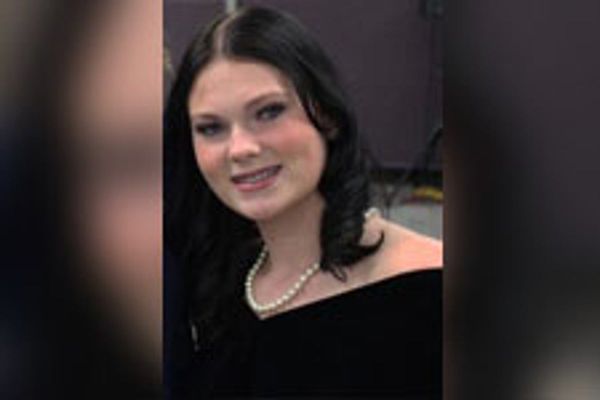
Among all the missteps and broken promises kids and families experienced when Chicago closed 50 schools a decade ago, the worst is this: The children who were displaced didn’t end up better off, in schools that were higher-performing.
That was the most important goal of the closures — and the city failed to reach it.
“The materials, the programs, the things that we’re supposed to be set for them, were definitely not there,” as one mother, Mandi Swan, recalled. “You can tell that in their behavior for sure that the transition was hard for them.”
Swan’s story is part of the ongoing investigative series on the 2013 school closures by reporters Nader Issa and Lauren FitzPatrick of the Sun-Times and Sarah Karp and Alden Loury of WBEZ.
Consider this the most important takeaway from the series: If more public schools must close in the coming years — and that may be unavoidable, if the district continues to lose thousands of students a year — the city must, somehow, make sure that displaced kids don’t pay the price.
None of the broken promises of the closings, laid out in meticulous detail in the series so far, come as a surprise. Then-Mayor Rahm Emanuel and Schools CEO Barbara Byrd-Bennett had plenty of warning that closing dozens of schools at once was a bad idea. But they pushed ahead anyway, arguing that the schools were low-performing and the city could save money by shutting them down.
Yes, many of the schools were low-performing, but the schools designated to take in the displaced kids weren’t much better. As for the $1 billion in savings, the Sun-Times and WBEZ found no hard evidence of nearly that much.
Chicago can’t change what happened 10 years ago. But CPS is at a make-or-break moment now. Enrollment is declining. Children are dealing with learning loss and mental health concerns. A huge deficit, $600 million-plus, is looming ahead. And while many activists and parents are eager for the city’s first-ever school board elections, the challenges of making a flawed idea work — an unwieldy 21-member board, elections that are virtually certain to be far more about politics than kids — are real.
At best, the mistakes of the past should be motivation for CPS and City Hall to do better for students moving forward.

Kids set adrift, communities with empty buildings
Emanuel was right about this when he made the closings decision in 2013: The schools that were closed weren’t living up to their potential in educating kids.
But as for his promise to make sure that nearly 14,000 displaced students — the overwhelming majority of them Black and low-income — would be better off academically?
Didn’t happen.
What did happen was this: Students from the closed schools had worse academic outcomes, including lower SAT scores and graduation rates, than a similar group of students from schools that didn’t close, the Sun-Times and WBEZ found. Their performance was especially poor in comparison to citywide averages.
Previous research found much the same. The “welcoming schools” were only marginally better academically, and among those students who enrolled someplace other than their welcoming school, half ended up at schools worse than the ones they left, a 2015 report from the University of Chicago Consortium on School Research found.
Another Consortium report from 2018 concluded that unless students went to schools that were already substantially better academically — what CPS promised — their academic outcomes didn’t improve.
Communities paid the price, too. In the years after the closings, the surrounding neighborhoods — virtually all of them low-income Black communities — had a steeper decline in population than similar communities where schools didn’t close.
A correlation isn’t necessarily a cause. But when a neighborhood school shuts down, what incentive is there for families to stay?
Instead, there’s just one more empty building.
The city promised that the closed buildings would be quickly sold and turned into community assets. That didn’t happen either.
Yes, schools are difficult to repurpose. But after 10 years, only 20 of the 46 buildings that were closed (a few of the closed schools shared buildings) are in use. The remaining 26 are vacant. Some of the buildings, we suspect, might eventually deteriorate beyond repair.
No one can blame those families who left Chicago because they couldn’t find a school they liked following the closings. Mandi Swan was one of them. She and her husband eventually moved the family to Decatur.
“It was just like watching the downfall of things happen … there comes a certain point where, enough is enough,” Swan said.
More and more parents are fleeing CPS every year, doing what they think is best for their kids.
It’s up to the city to do what it takes, even if it upsets some powerful adults, to keep more parents from saying “enough is enough” with CPS.
Send letters to letters@suntimes.com







